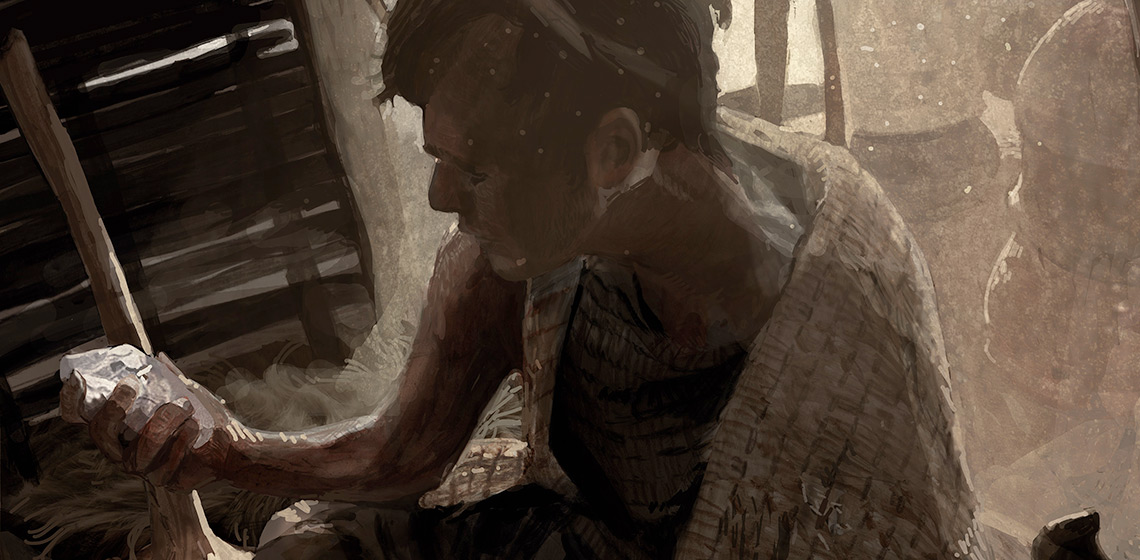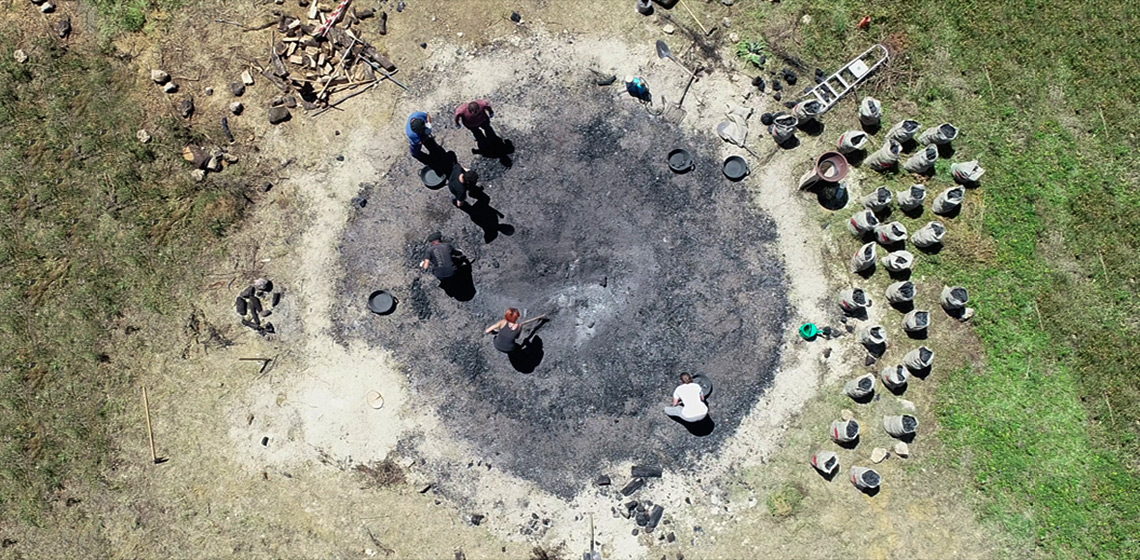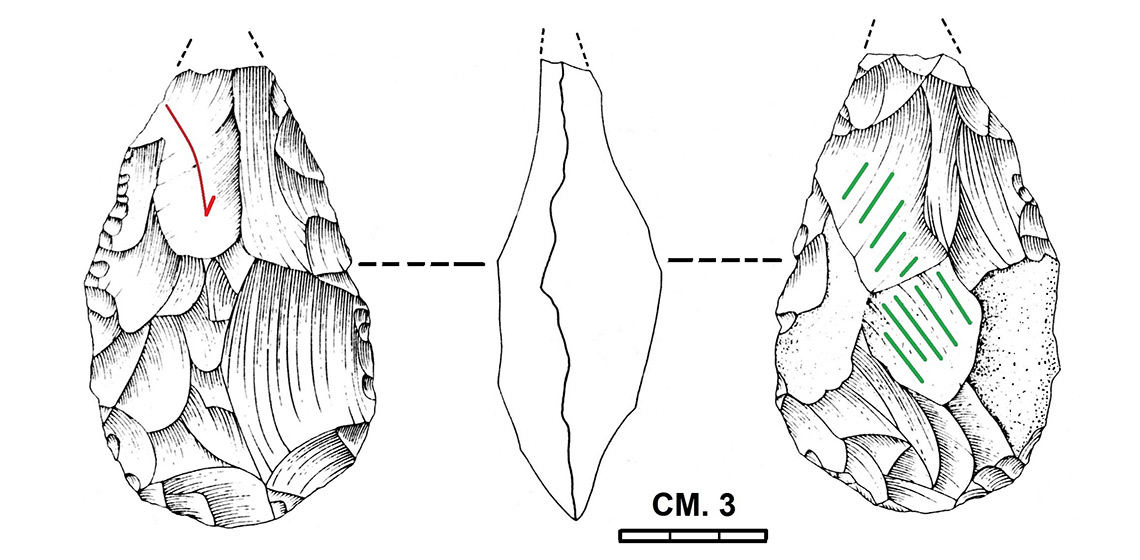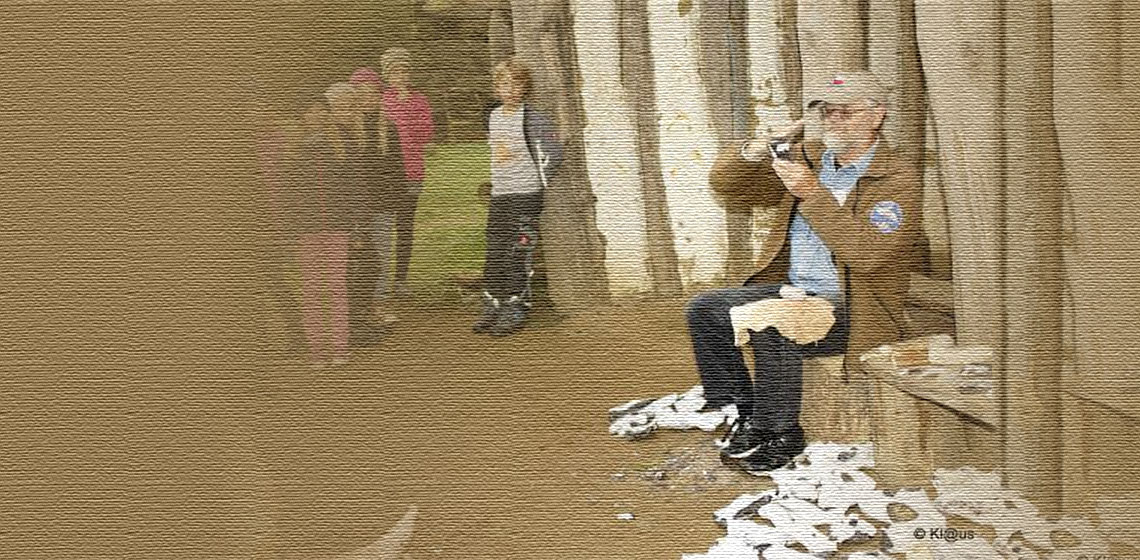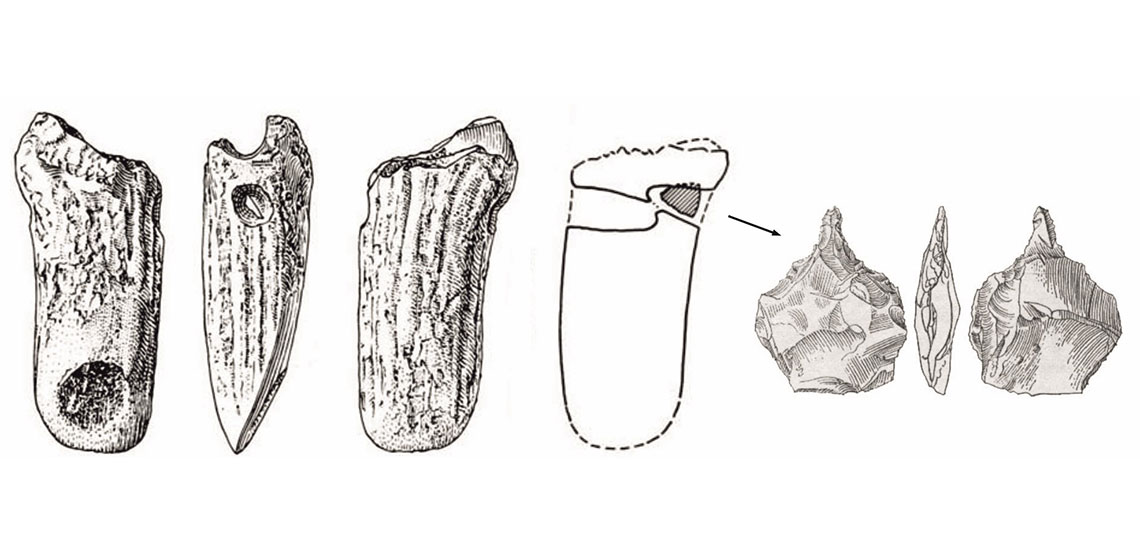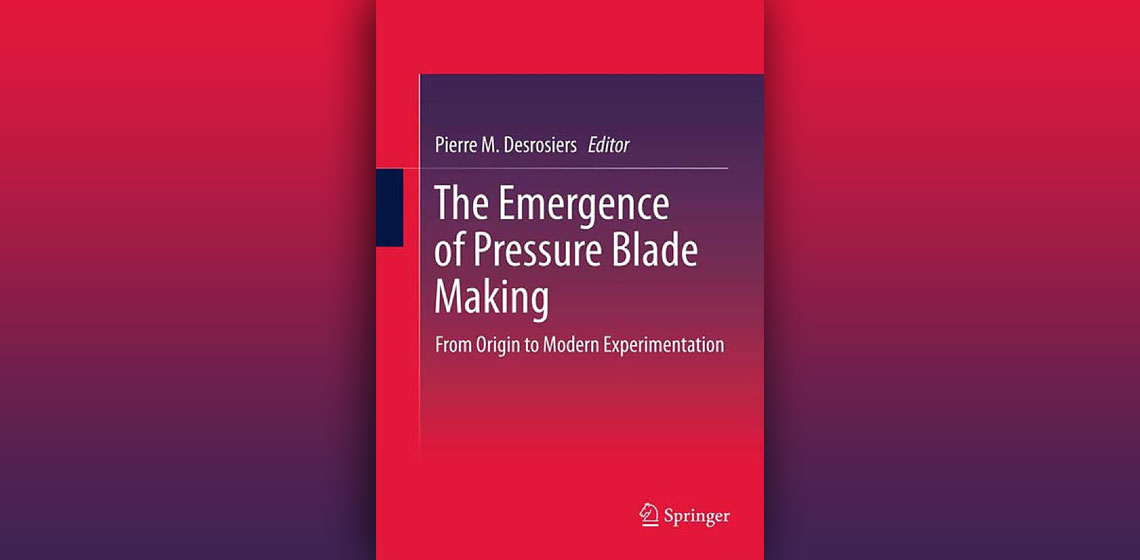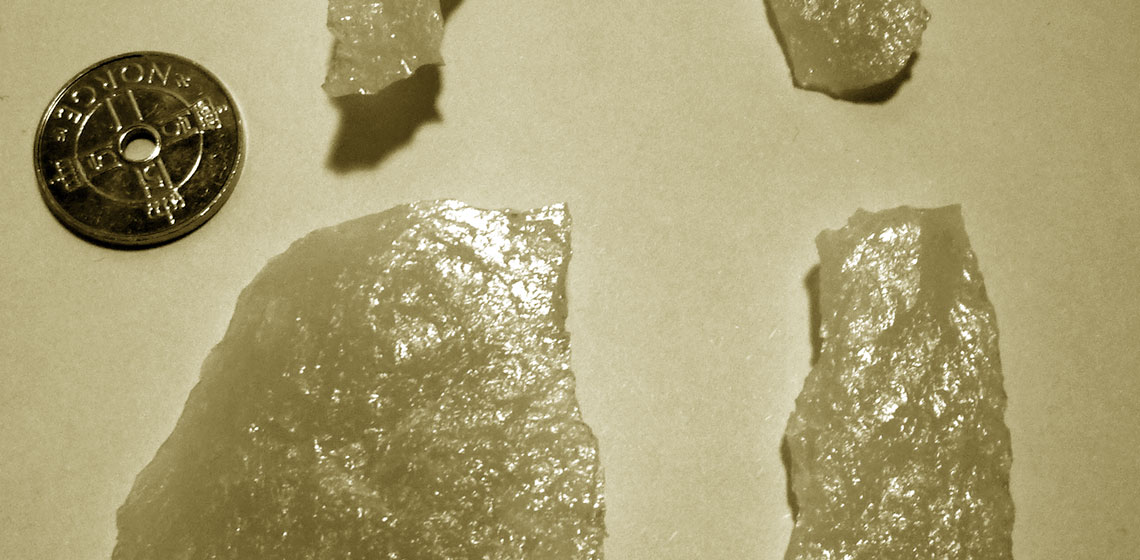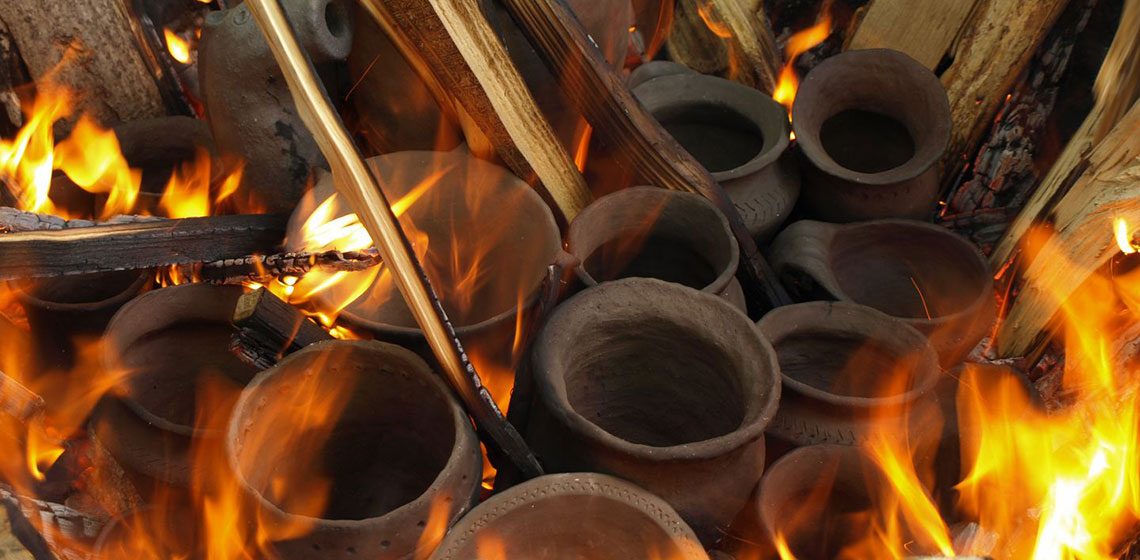flint
Call for information: Recycling in the Late Neolithic at the Vlaardingen site of Den Haag-Steynhof
The Putting life into Late Neolithic houses project looks at all the different aspects of what life could have been like for “the people in the Rhine/Meuse delta at about c. 2900 – 2500 BC.” (www.puttinglife.com). This is not only done by academic research, experiments, and material analysis, but also through illustrations produced by archaeological reconstruction illustrator Kelvin Wilson.
Mining at Pozarrate: Applying Experimental Approaches to Understand the Neolithic Extraction of Flint in the Sierra de Araico (Treviño, Spain)
***The aim of this paper is to introduce the scientific works performed in the Sierra de Araico Neolithic Mining Complex, mainly located in the Treviño enclave of Spain. Archaeological works were focused on the Pozarrate quarry, dated to the Neolithic period (6000-5600 BP). This site is unique since it has been used recently to...
Basalt Handaxes: Preliminarily Testing the Lithic Translation Strategy Hypothesis and Comparisons with the Fontana Ranuccio Site Bifacial Tools
***The oldest bifacial “handaxes” known so far belong to the “Kokiselei 4” site, dated to 1.76 Ma (West Turkana, Kenya; Texier, 2018). They have been manufactured by direct lithic percussion on magmatic effusive stone materials. Considering that the evolution of “fully operational intelligence” (Wynn, 1979) has been associated with the so-called...
Early Efforts in Experimental Archaeology: Examples from Evans, Pitt-Rivers, and Abbott
Knapping Skill Assessment
***This article is derived from a presentation made by the senior author at the OpenArch Conference "Working with stones in European Pre- and Proto-history in theory and in practice" organised by the Archaeological-Ecological Centre Albersdorf (DE), 23-27 September, 2013.
How Did They Drill That? – A Few Observations on the Possible Methods for Making Large-sized Holes in Antler
Book Review: The Emergence of Pressure Blade Making: from Origin to Modern Experimentation by Pierre M. Desrosiers (editor)
There are few issues in lithic studies that have captured the imagination and attention of researchers as much as laminar (blade) technologies (see Bar-Yosef & Kuhn 2009). This has resulted in a rich and detailed body of academic work partly reflected in Pierre M. Desrosiers’ (Ed.) The Emergence of Pressure Blade Making: From Origin to Modern Experimentation...
Lithic Experiments in Rescue Archaeology: a Case from Southern Norway
***The institutional context in which Stone Age knowledge production takes place in Norway is structured by the current system of cultural heritage management (CHM). By virtue of the Heritage Act from 1978 and the regulations on professional responsibilities, the practical work of surveying and excavating prehistoric sites is divided respectively between the 19 County Councils and the five archaeological government museums...

